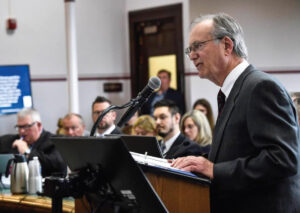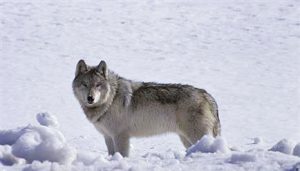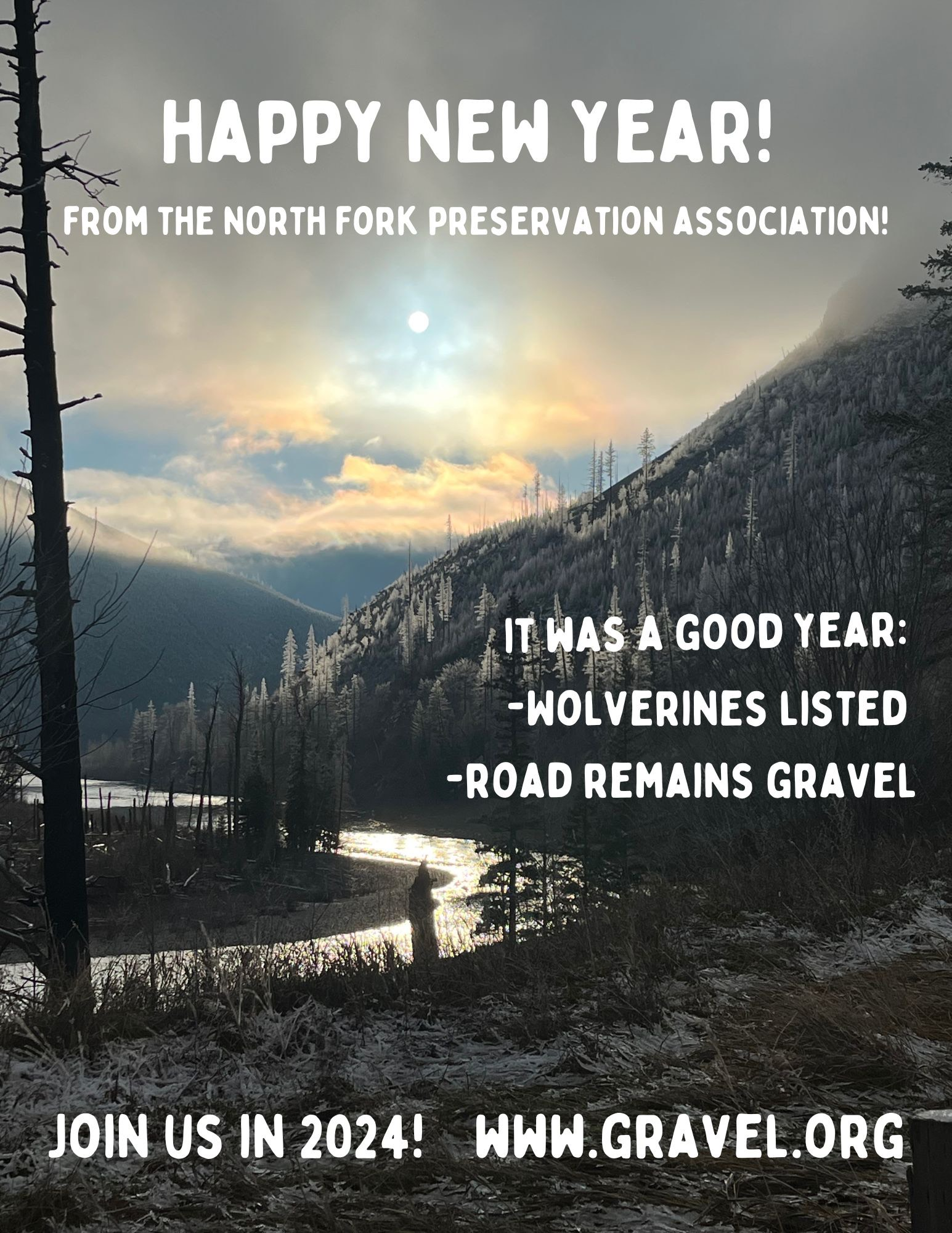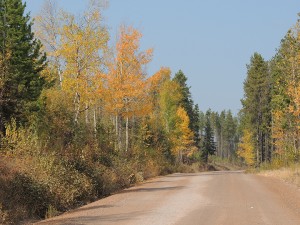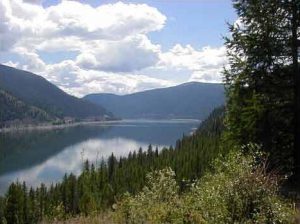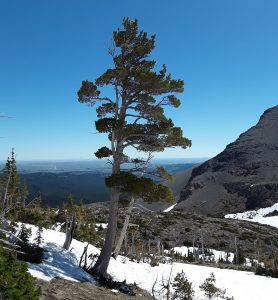 Good article on the current status of whitebark pine and the efforts to restore the species . . .
Good article on the current status of whitebark pine and the efforts to restore the species . . .
Sitting atop the highest slopes in western North America, the whitebark pine has adapted to the continent’s harshest growing conditions. Temperatures in the sub-alpine zone where it thrives are often well below zero, snow is measured in feet and winds often exceed 100 miles an hour. These stout, twisted trees are survivors: The oldest have grown for nearly 13 centuries.
But change has come to this high-elevation redoubt, threatening not only the whitebark pine’s survival but that of a host of creatures — from birds to bears — that rely on this keystone species. Warmer temperatures, a fungal disease called white pine blister rust, and swarms of mountain pine beetles have killed hundreds of millions of whitebark pines across the West. Wildfires are taking an increasing toll, and other conifer species are moving upslope in the rapidly changing environment, outcompeting the whitebark for nutrients and moisture.
In some areas, including regions within the Northern Continental Divide Ecosystem, which has Glacier National Park at its center, more than 90 percent of whitebark pine trees have died. Across the tree’s range, there are more dead trees than live ones, and high-country skylines in many places are marked by their skeletal remains.

